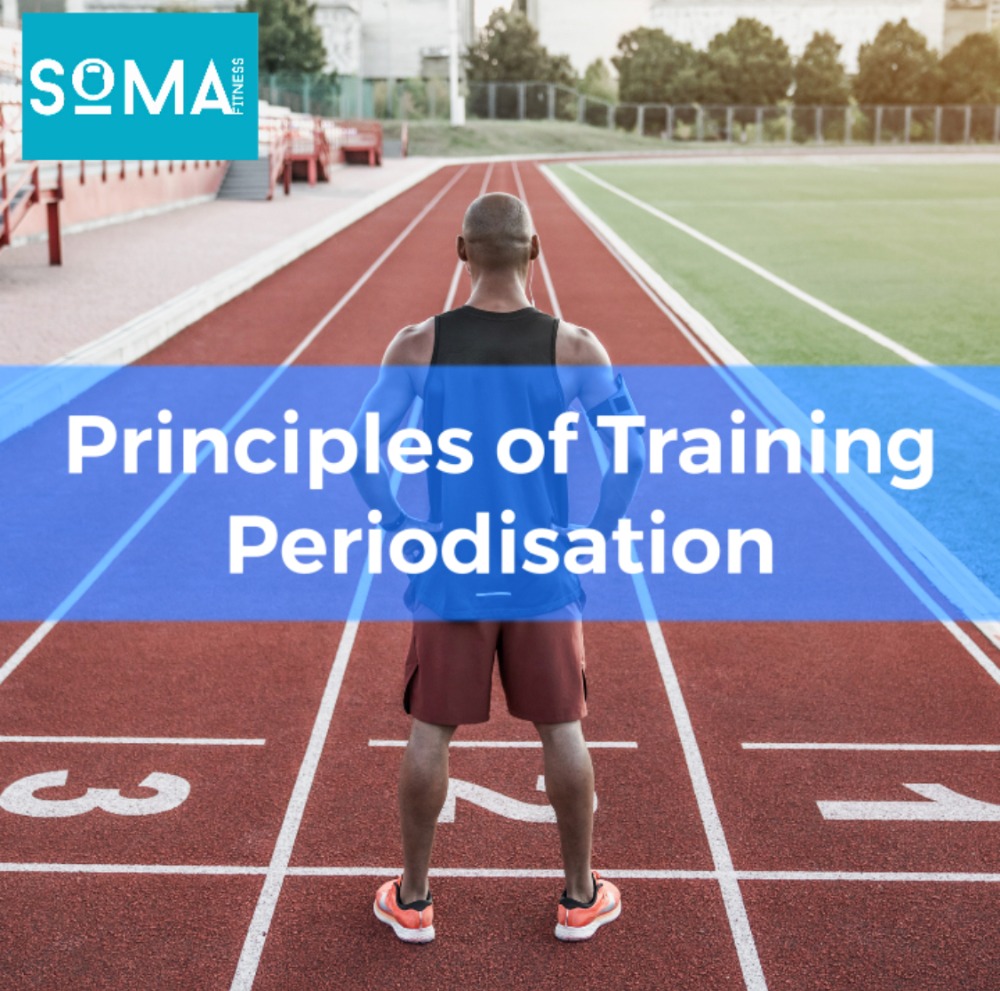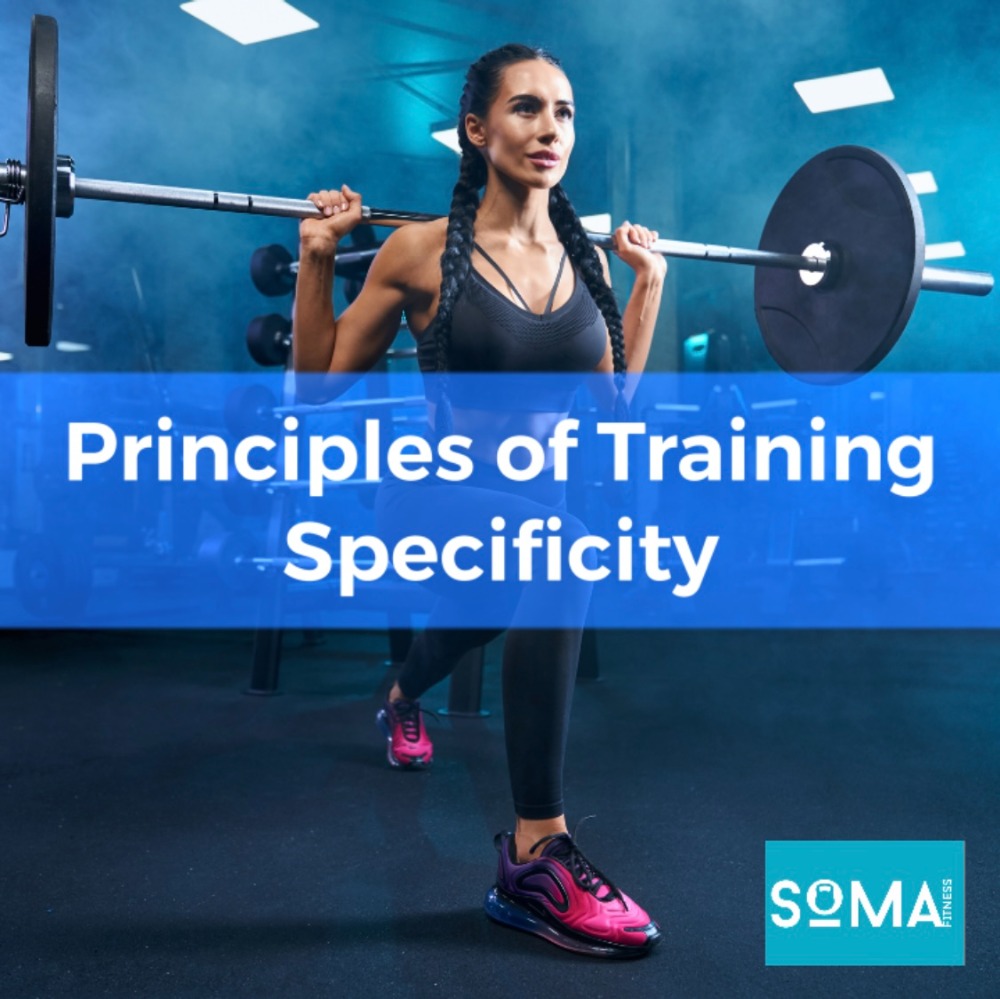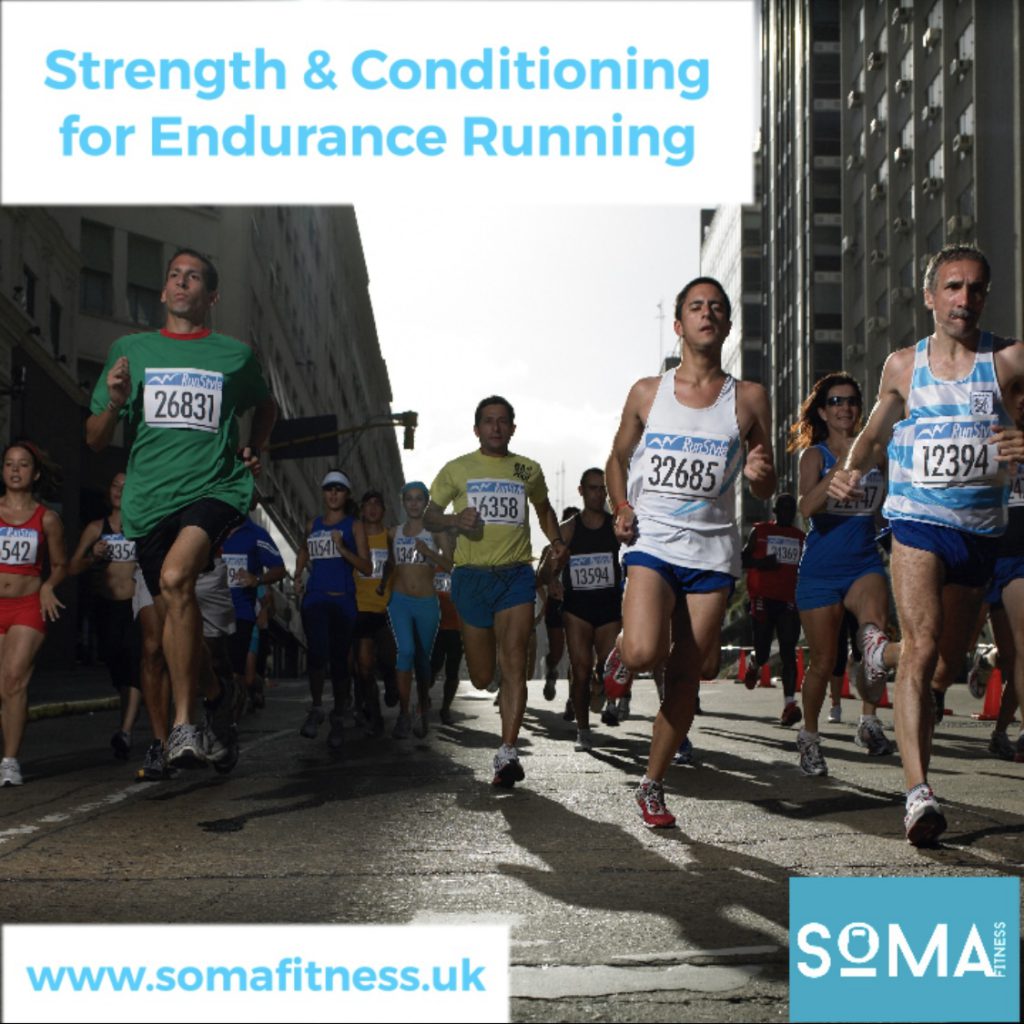Benefits of L-Citrulline

L-citrulline is a non-essential amino acid that is naturally found in watermelon, among other fruits and vegetables. It is also available as a dietary supplement and has gained popularity as a performance-enhancing supplement among athletes and bodybuilders. We will run through the health benefits of L-citrulline, why you should take it, when you should take it, who should take it, and what studies have shown about its benefits.
Health Benefits of L-citrulline
L-citrulline has several health benefits, including:
- Improved Exercise Performance: L-citrulline has been shown to improve exercise performance by reducing fatigue and enhancing energy levels. It does this by increasing the production of nitric oxide in the body, which helps to dilate blood vessels allowing the arteries to relax to work better and thus an increase of blood flow to the muscles. This, in turn, helps to reduce fatigue and improve endurance.
- Lowered Blood Pressure: L-citrulline has also been shown to lower blood pressure by improving the function of the endothelium, which is the inner lining of blood vessels. This can help to reduce the risk of heart disease and stroke.
- Improved Erectile Function: L-citrulline has been shown to improve erectile function in men with mild to moderate erectile dysfunction. It does this by increasing blood flow to the penis and improving the production of nitric oxide.
- Enhanced Sexual Function: L-citrulline has been shown to improve sexual function in both men and women. It does this by increasing blood flow to the genitals, which can enhance arousal and improve sexual pleasure.
- Reduced Fatigue: L-citrulline has been shown to reduce fatigue and improve energy levels. This can be especially beneficial individuals who are juggling multiple responsibilities and often feel tired or exhausted.
- Improved Immune Function: L-citrulline has been shown to improve immune function by increasing the production of white blood cells and enhancing the body’s ability to fight infections.
Why You Should Take L-citrulline
Whether you are looking to improve your general health an athlete or bodybuilder, you may benefit from the consumption of L-citrulline as a performance enhancing supplement. It can help to improve exercise performance, reduce fatigue, and enhance energy levels. If you have mild to moderate erectile dysfunction, you may also benefit from taking L-citrulline to improve your erectile function.
Additionally, if you have high blood pressure or are at risk of heart disease or stroke, L-citrulline may help to lower your blood pressure and reduce your risk of these conditions.
When You Should Take L-citrulline?
The best time to take L-citrulline is about 30 minutes before exercise or physical activity. This will allow enough time for the supplement to be absorbed into the bloodstream and begin working. If you are taking L-citrulline for erectile dysfunction, it is best to take it daily for at least 4-6 weeks to see the full benefits.
Who Should Take L-citrulline?
L-citrulline is generally safe for most people to take, but it may not be suitable for everyone. If you have a medical condition or are taking medication, you should talk to your doctor before taking L-citrulline. Additionally, pregnant and breastfeeding women should avoid taking L-citrulline, as there is not enough research on its safety in these populations as yet.
What Studies Have Shown About the Benefits of L-citrulline?
Several studies have shown that L-citrulline can improve exercise performance, lower blood pressure, improve erectile function, and enhance immune function. For example, a study published in the Journal of Strength and Conditioning Research found that taking L-citrulline before exercise improved bench press performance in trained athletes. Another study published in the European Journal of Nutrition found that taking L-citrulline for 8 weeks improved erectile function in men with mild to moderate erectile dysfunction.
Recommended L-citrulline brand online:








Recent Comments